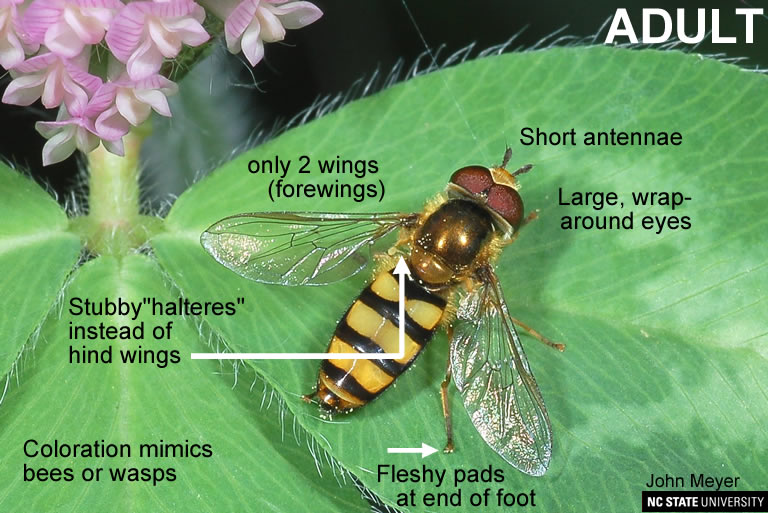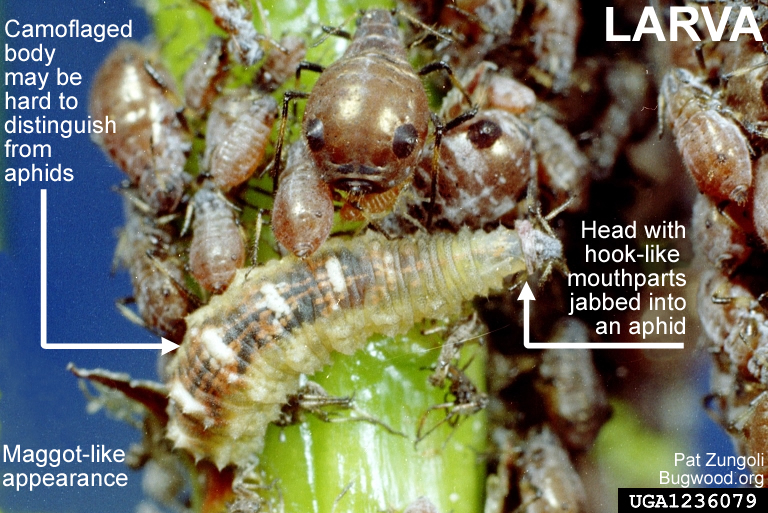Hover Fly
go.ncsu.edu/readext?563178
en Español / em Português
El inglés es el idioma de control de esta página. En la medida en que haya algún conflicto entre la traducción al inglés y la traducción, el inglés prevalece.
Al hacer clic en el enlace de traducción se activa un servicio de traducción gratuito para convertir la página al español. Al igual que con cualquier traducción por Internet, la conversión no es sensible al contexto y puede que no traduzca el texto en su significado original. NC State Extension no garantiza la exactitud del texto traducido. Por favor, tenga en cuenta que algunas aplicaciones y/o servicios pueden no funcionar como se espera cuando se traducen.
Português
Inglês é o idioma de controle desta página. Na medida que haja algum conflito entre o texto original em Inglês e a tradução, o Inglês prevalece.
Ao clicar no link de tradução, um serviço gratuito de tradução será ativado para converter a página para o Português. Como em qualquer tradução pela internet, a conversão não é sensivel ao contexto e pode não ocorrer a tradução para o significado orginal. O serviço de Extensão da Carolina do Norte (NC State Extension) não garante a exatidão do texto traduzido. Por favor, observe que algumas funções ou serviços podem não funcionar como esperado após a tradução.
English
English is the controlling language of this page. To the extent there is any conflict between the English text and the translation, English controls.
Clicking on the translation link activates a free translation service to convert the page to Spanish. As with any Internet translation, the conversion is not context-sensitive and may not translate the text to its original meaning. NC State Extension does not guarantee the accuracy of the translated text. Please note that some applications and/or services may not function as expected when translated.
Collapse ▲- Common Name: Hover Fly
- General Category: Beneficial Predator
- Taxonomic Classification: Diptera: Syrphidae
- Scientific Name: Many species
Description
Adults (flies) feed on nectar in flowers, while the larvae (maggots) are voracious predators of aphids. Adults often mimic the color patterns of wasps and bees (compare to look-a-likes), presumably to gain protection from their own predators. However, unlike wasps and bees, these flies are incapable of stinging and are totally harmless.


Identification
Review the images for tips on how to identify these predators.
Adults
These flies live up to their names, and often spend much of their flight time hovering, unlike bees and wasps which have more directionality in their flight patterns. When they alight on a plant, notice they only have two wings (as opposed to four in wasps and bees) (compare to look-a-likes). Like all flies, their hind wings are greatly reduced (named halteres), and are used to balance them in flight. These flies also have very small antennae, as opposed to the long, often “elbowed” antennae in wasps and bees (compare to look-a-likes). Their eyes are often larger than those of wasps and bees, and may look like they wrap around the head (compare to look-a-likes).
Larvae
As with all flies these larvae are maggots. They may be camouflaged and blend in with their surroundings. The larvae have hooks for jaws that they use to consume aphids.
Value in Pest Management
Hover flies are valuable natural controls and undoubtedly contribute to population regulation of aphids. Conservation biological control efforts have in some cases focused on providing nectar-producing plants (such as alyssum) preferred by hover flies to enhance their populations in adjacent crop fields. They are not sold commercially.
Origin and Distribution
Native, throughout eastern North America.


